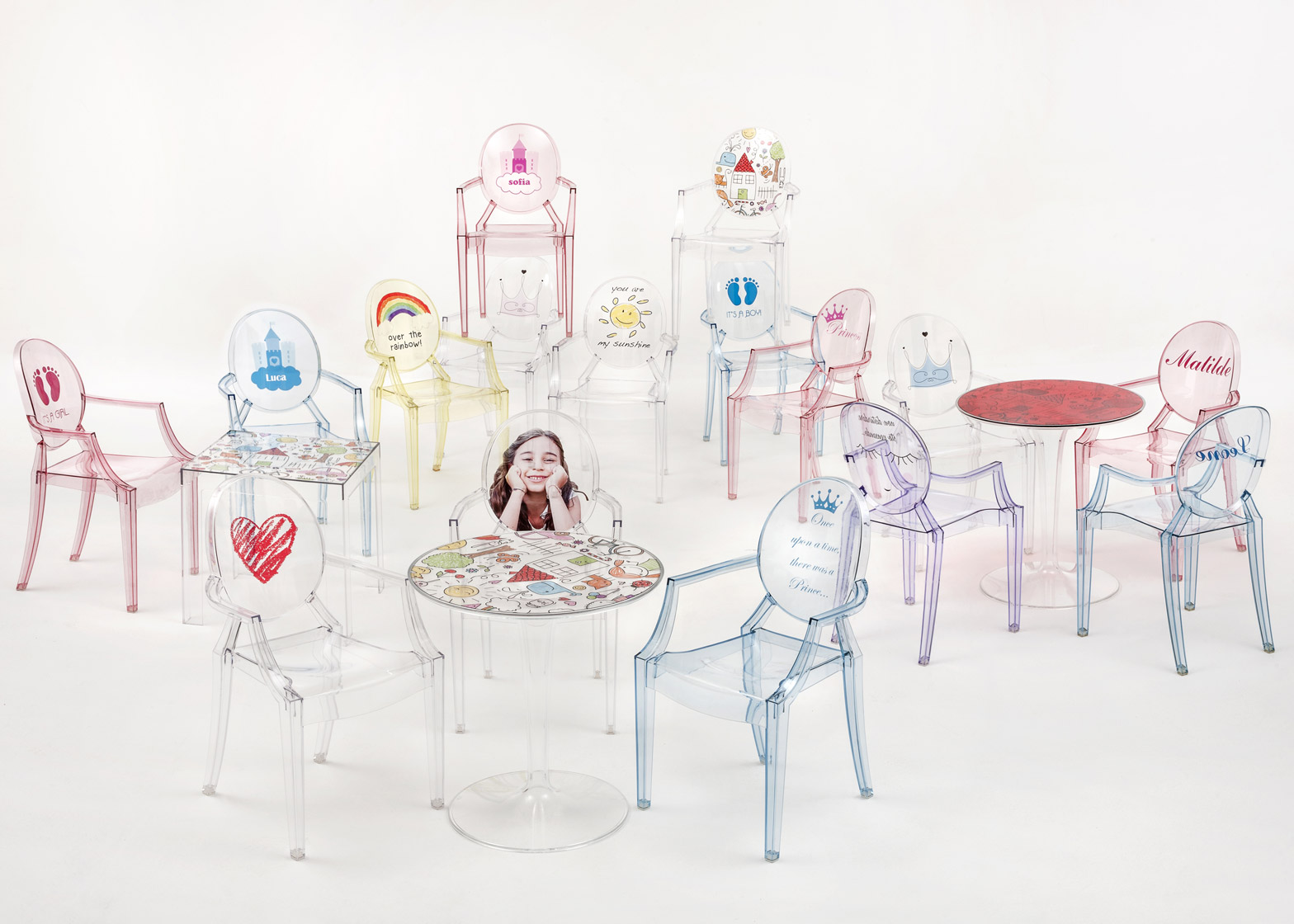Milan 2016: from the end of the fame-chasing student, to the rise of creative directors at furniture brands and the future of the kitchen, Dezeen editor Anna Winston highlights eight trends from this year's Milan design week and Salone del Mobile that could have much wider implications for the industry.
The royalty system – where major brands hire well-known designers based on the idea that they make a small profit from each product sold – is no longer a viable way of making a living for some big-name designers, who are making the most of the possibilities opening up online to launch their own brands.
Examples from Milan included Stefano Giovannoni's Qeeboo, Sebastian Wrong's Wrong London (launched with backing from Danish brand Hay) and architect Matteo Thun's Atelier line, building on a trend that started to trickle through last year with the likes of Luca Nichetto and Claesson Koivisto Rune seeking new ways to bring products to market.
Read more about why these big-name designers are launching their own brands »
At the other end of the spectrum, students from around the world showed work that suggested a change in priorities.
"They used to want to work by themselves and now they actually want to work for other people," said designer Andrea Trimarchi of Formafantasma, who teaches at Design Academy Eindhoven and added that the school no longer produces students who are interested in chasing design fame.
Instead they are focusing on work that can help society and on experimental work with materials, he said.
Design Academy Eindhoven's Touch Base show, focused on tactility in an increasingly digital world, included a project to find new uses for waste pine needles by student Tamara Orjola. Another group show was solely about material development.
"When you came to the Salone five or ten years ago and went to the student shows, they all wanted to be Philippe Starck but more famous and a lot richer," critic Alice Rawsthorn told Dezeen in Milan. "Now they want to save the world."
"Even if some of these very altruistic and ambitions designers end up designing toothpaste packaging, I think they will do it a lot better by engaging with these concerns," she said.
Find out more about why students are losing interest in fame »
Ikea might be the biggest design company in the world, but it's taken a while for the high-end design market to catch on to the possibilities of flat-pack furniture.
Normann Copenhagen was among those to take the lead from companies like Hem, unveiling a range of self-assembly lounge chairs with Danish designer Hans Horneman in Milan, while Hay unveiled a flat-pack sofa designed by the Bouroullec brothers.
See more from the new wave of flat-pack furniture »
Kartell was among the brands and designers that jumped on the idea that children's furniture could offer designers a lucrative new revenue source, launching its first kid's range – including a transparent plastic rocking horse by Nendo and racing cars by Piero Lissoni. Big Game created an adjustable children's chair for Magis, while Front also created a rocking horse for Gebrüder Thonet Vienna.
"It is a huge market with very high potential, and many offers in terms of furnishings and toys," Kartell president and CEO Claudio Luti told Dezeen.
Read more about the potential of the kid's furniture market »
The rise of the creative director
One of the hottest stories at Milan was the unveiling of the first collections from Italian brand Cassina under the creative directorship of Spanish designer Patricia Urquiola. Widely considered a triumph, the collection included new products and updates to the brand's classic designs – like the Utrecht chair by Gerrit Rietvelt with a new fabric by Bertjan Pot.
David Chipperfield also unveiled the latest collections for Driade under his leadership, having debuted his first showroom interior for the brand last year, while Molteni&C announced the appointment of Belgian designer Vincent Van Duysen as its creative director, with the aim of giving the brand "a more sophisticated look".
Read more about the rise of the creative director »
Big consumer brands get serious about design
Nike, Pepsi, MINI and Audi were among the big brands that impressed in Milan this year, upstaging traditional design brands with ambitious installations. Pepsi even revealed plans to beef up its design team from 100 to 160 and open studios around the world.
"These brands are not here to sell to us any more," wrote Dezeen editor-in-chief Marcus Fairs. "They're here to learn, to experiment, to take risks and engage in dialogue."
"They're here because they understand what design is and they are using it in ways that are in many cases more intelligent and daring than the traditional design brands, who seem to have run out of meaningful ideas."
Read more from Marcus Fairs' Opinion column about design brands in Milan »
After years of stagnation in kitchen design, two projects appeared at Milan that offered a glimpse at what might be possible. Design duo Kram/Weisshaar unveiled the SmartSlab table, made from razor-thin ceramic with embedded technology for cooking food, warming plates and cooling drinks on one seamless surface.
But it was the viral popularity of the Offmat Tulèr kitchen's disappearing sink, conceived by design studio Tipic as a way of creating more usable surface space, that might make the bigger brands believe that there's public appetite for more innovation.
Find out more about the Tulèr kitchen of the future »
Milan wasn't the first time we've heard that office design needs a rethink now that everyone is fed-up with the "Googleification" of the workplace, but the idea began to crystallise in two collections that debuted at the fair.
Students from Lund University collaborated with the co-founder of Danish brand Hay to produce a range of experimental furniture especially for small-scale workplaces, while Lensvelt unveiled a range of intentionally "boring" chairs, desks, room dividers and other accoutrements.
Find out more about how designers are rethinking furniture for the workplace »

